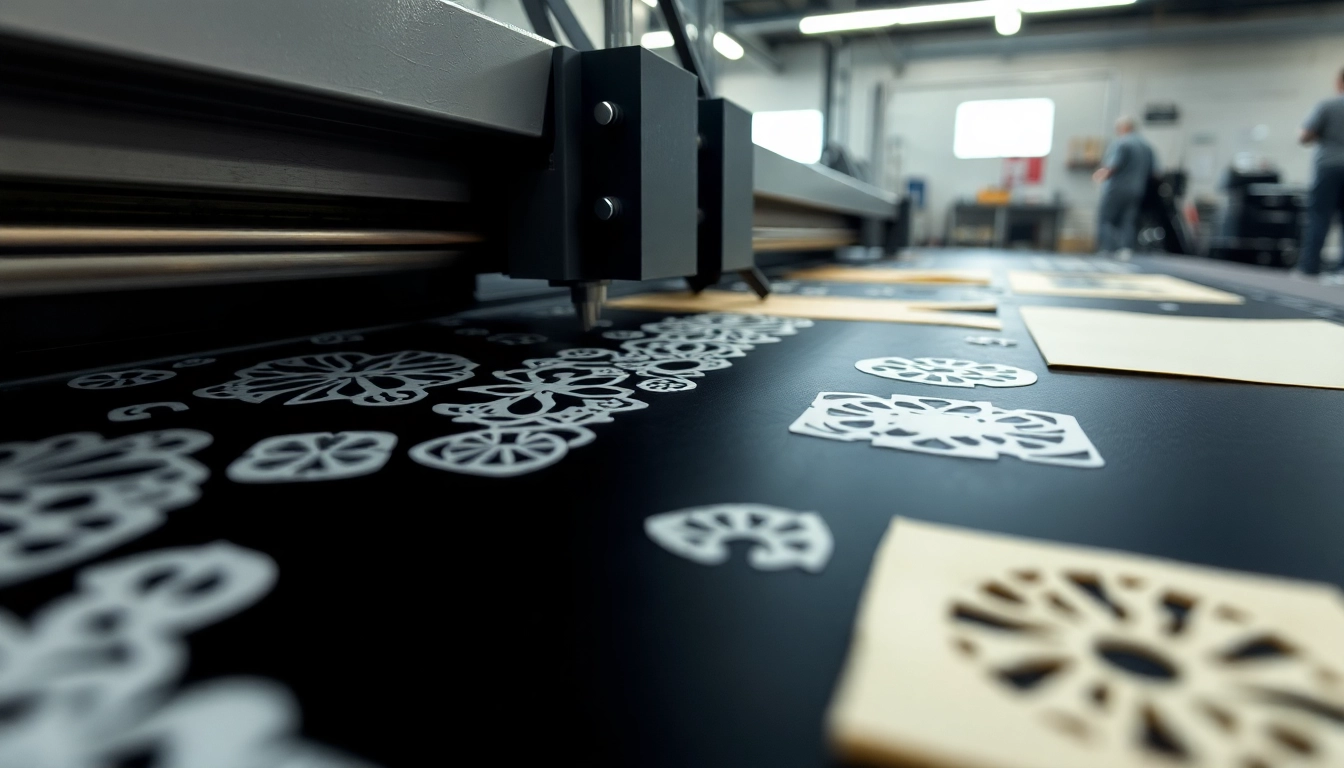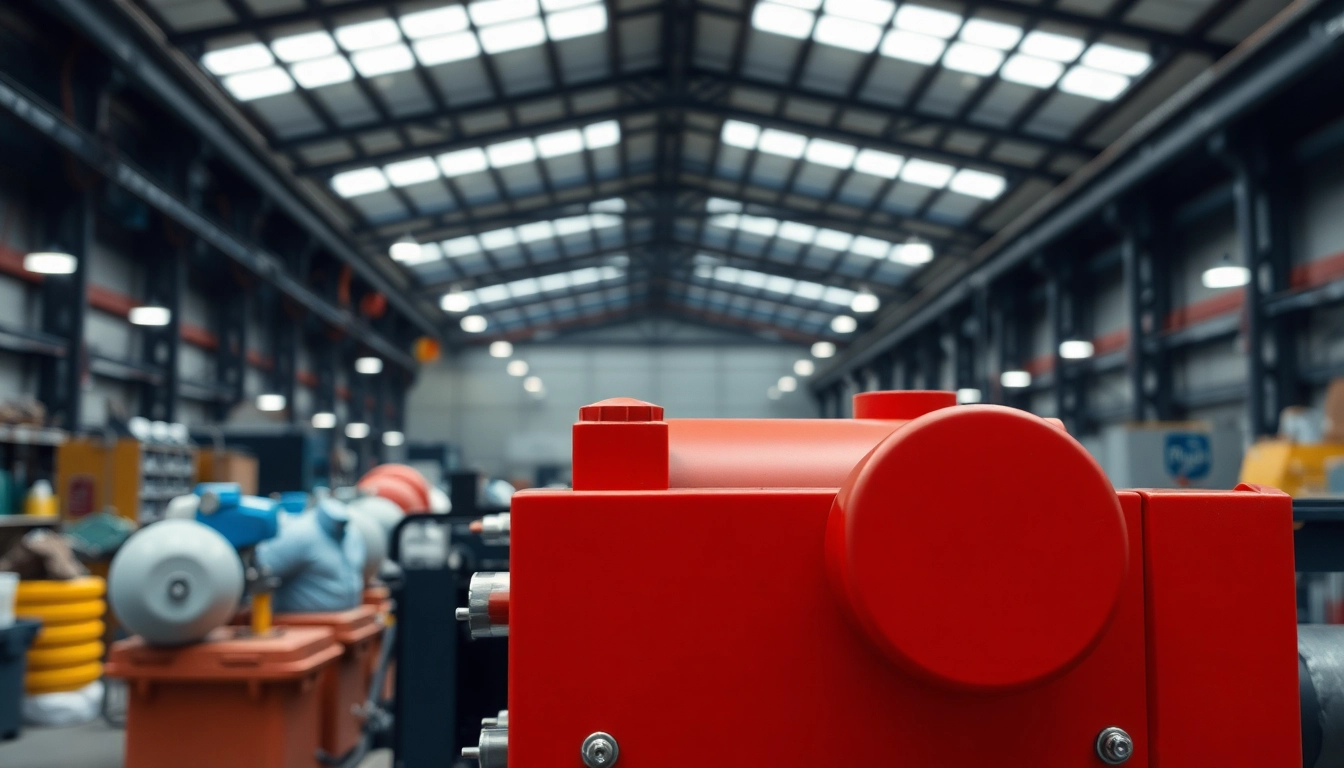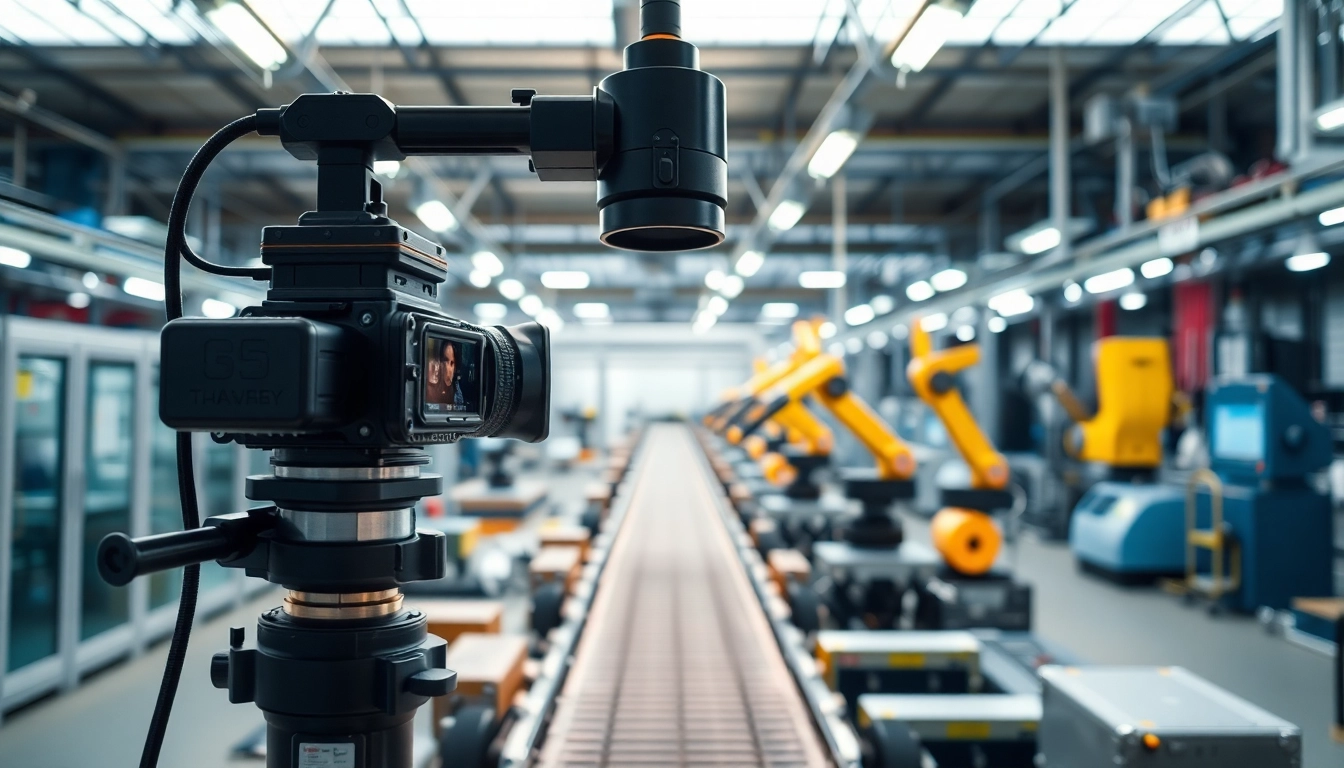Understanding Precision Die Cutting
In the realm of manufacturing and product design, precision die cutting emerges as an essential technique, enabling companies to create intricate shapes and components across various industries. This article delves deep into the fundamentals and advancements in precision die cutting, emphasizing its critical role in modern manufacturing.
What is Precision Die Cutting?
Precision die cutting is a specialized process that involves utilizing a die to cut materials into specific shapes and sizes with remarkable accuracy. This method is frequently employed for designing and manufacturing a variety of components, from packaging inserts and gaskets to intricate designs in the automotive and aerospace sectors. Utilizing sharp blades or lasers, precision die cutting caters to a wide range of materials, including paper, plastics, rubber, and metals.
The Importance of Precision in Manufacturing
The demand for precision in manufacturing has never been higher, primarily driven by the need for high-quality products that can perform within strict tolerances. Precision die cutting enhances the quality and functionality of parts by ensuring uniformity and accuracy. For instance, in industries such as aerospace and medical, the need for consistent and precise components is paramount. Even minor discrepancies can lead to significant failures or safety issues, making precision cutting not just a preference but a necessity.
Common Materials Used in Die Cutting
Several materials can be effectively used in die cutting, each chosen based on specific application needs. Common materials include:
- Paper and Cardboard: Ideal for packaging, brochures, and custom applications.
- Plastics: Used extensively in the creation of parts, labels, and displays.
- Fabrics: Employed in fashion, upholstery, and soft goods manufacturing.
- Foams: Commonly utilized in manufacturing cushions, gaskets, and seals.
- Metals: Precision die cutting can also handle thin metals for complex parts in various industries.
Precision Die Cutting Techniques
Flatbed vs. Rotary Die Cutting
The two predominant methods of precision die cutting are flatbed and rotary die cutting, each exhibiting distinct characteristics:
- Flatbed Die Cutting: Involves a flat surface where the material is placed while a hydraulic press pushes a die down onto it, cutting out the desired shape. It’s particularly advantageous for larger materials and intricate details but may have slower production speeds.
- Rotary Die Cutting: Utilizes a cylindrical die that cuts the material as it moves through the machine. This method is renowned for its speed, efficiency, and ability to produce high volumes of uniform parts with minimal waste.
Rotary Die Cutting: Advantages and Applications
Rotary die cutting presents several advantages, making it particularly popular in industries requiring high-speed production. The key benefits include:
- Speed: Rotary die cutting is significantly faster than flatbed cutting, allowing manufacturers to achieve higher output rates.
- Consistency: It offers superior consistency in cuts, ensuring that every part produced meets the precise specifications.
- Material Versatility: This technique can accommodate a variety of materials, providing flexibility for manufacturers looking to diversify their product offerings.
Industries such as packaging, automotive, and electronics frequently rely on rotary die cutting due to these advantages.
Advanced Technologies in Die Cutting
Recent advancements in technology have brought about significant enhancements in die cutting processes. Some of the innovative technologies shaping the future of precision die cutting include:
- Laser Die Cutting: Employing lasers provides unmatched precision, enabling intricate designs and shapes that traditional methods may struggle to achieve. It is particularly beneficial in low-volume, high-detail applications.
- Digital Die Cutting: This technology allows for quick changes to designs without the need for physical dies, providing significant cost savings and flexibility for projects requiring alterations midway through production.
- Automated Systems: Automation in die cutting processes reduces human error, lowers production time, and enhances overall efficiency, making it valuable in high-demand settings.
Applications of Precision Die Cutting
Industries Benefiting from Precision Die Cutting
The versatility of precision die cutting means it extends across various sectors, including:
- Packaging: Essential for creating promotional packaging, inserts, and protective casings tailored for unique products.
- Automotive: Utilized for gaskets, seals, and other parts where precision is critical for engine performance.
- Electronics: Often used to create components like insulation pads, identification labels, and circuit board strips.
- Healthcare: Provides custom solutions for packaging medical devices and creating components that require sterile production environments.
- Fashion and Textiles: Employed in the textile industry for cutting fabrics into complex patterns and shapes for clothing and accessories.
Custom Solutions for Specific Needs
Customization is one of the cornerstones of precision die cutting. Companies can tailor their designs to meet specific requirements, ensuring that the final product aligns perfectly with the intended application. Custom die cutting solutions might include variable designs, sizes, and shapes, enabling businesses to stand out in their industries.
Case Studies: Successful Implementation
Several companies have successfully implemented precision die cutting to enhance their product offerings:
- Pack Tech Industries: Faced challenges with material wastage in their packaging designs. By integrating rotary die cutting technology, they improved production efficiency by 30%, significantly reducing waste and enhancing profitability.
- MedSupply Co: Required exceptional precision for the gaskets used in medical devices. They shifted to laser die cutting, achieving a 25% reduction in production costs while improving compliance with stringent healthcare regulations.
Best Practices for Precision Die Cutting
Design Considerations for Optimal Cuts
Effective design is critical in precision die cutting. Considerations include:
- Material Choice: Selecting the right material for the application will determine the success of the cutting process.
- Cutting Path: Analyzing the cutting path can minimize waste and optimize production time.
- Clearances and Tolerances: Establishing appropriate clearances is paramount to achieving desired tolerances, which can affect the fit and function of the final product.
Maintaining Quality and Consistency
To maintain high-quality standards in precision die cutting, companies should employ the following best practices:
- Regular Equipment Maintenance: Ensuring that cutting machines are regularly calibrated and maintained reduces the likelihood of mechanical errors that can lead to inconsistent cuts.
- Quality Control: Implementing stringent quality checks throughout the manufacturing process can catch potential defects early, reducing rework and material wastage.
- Training Staff: Proper training for staff on best practices and equipment operation is essential in avoiding human error and improving overall efficiency.
Factors Affecting Cost and Efficiency
Various factors can affect both the cost and efficiency of precision die cutting:
- Material Type: Different materials have varying costs and can impact the cutting efficiency based on their properties.
- Volume of Production: Higher volumes typically lower the per-unit cost, making large runs more attractive.
- Die Complexity: The intricacy of the design can impact setup time and tooling costs, where simpler designs often yield cost savings.
Future Trends in Precision Die Cutting
Innovations Shaping the Industry
The future of precision die cutting is promising, with continuous innovations paving the way for more efficient and flexible production methods. The rise of smart technology in manufacturing (Industry 4.0) is leading to more interconnected systems that optimize each stage of die cutting.
Eco-Friendly Materials and Practices
As sustainability becomes increasingly important, the demand for eco-friendly materials in die cutting processes is growing. Manufacturers are expected to adopt more sustainable practices, including:
- Using biodegradable materials for packaging and products.
- Implementing recycling programs for scrap materials generated during the cut.
- Prioritizing energy-efficient machinery to reduce the overall carbon footprint.
Predictions for Market Growth and Changes
Market analysts predict that the precision die cutting industry will continue to expand, driven by demand in packaging, consumer goods, and healthcare. New technologies will likely emerge, enhancing capabilities and making this technique more accessible to smaller businesses looking to innovate and compete in the global market.



